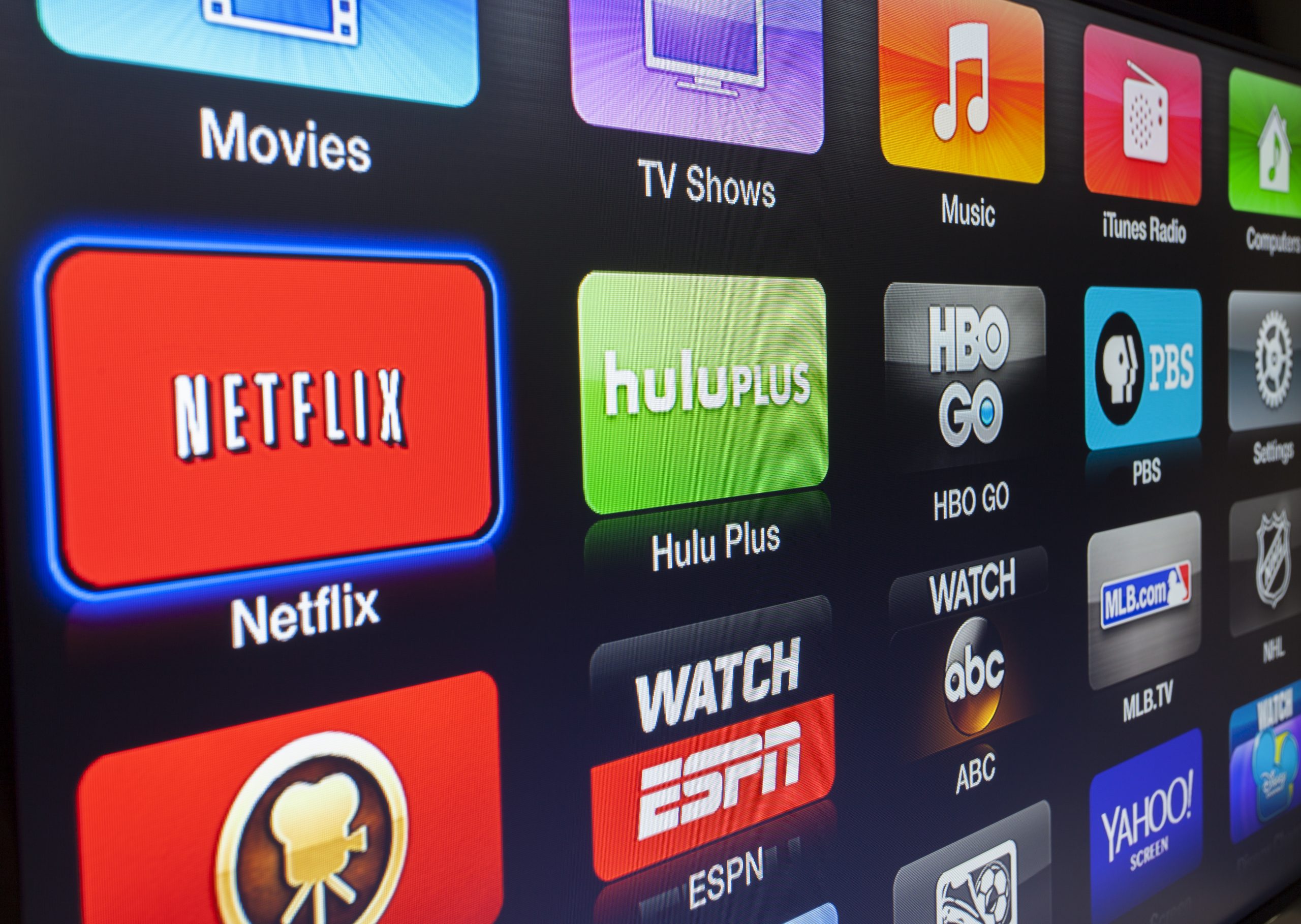Canadians spent the past weekend celebrating Victoria Day, a holiday typically marked by going to someone's cottage and getting drunk, while some devoted monarchists call on we as a nation to reflect on our British heritage… and then go to someone's cottage and get drunk.
Let's be honest: For all the high-minded talk of the importance of honouring our history, for most human beings, a day off is a day off. Only a few committed nerds think to celebrate Victoria Day as it was first celebrated, when about 5,000 people gathered at the corner of King and Simcoe in Toronto to "give cheers to their queen," who turned 35 that day. Among those committed nerds is Alberta Premier Jason Kenney, who tweeted an image of a stained-glass window in the Senate building depicting Victoria, Elizabeth II, and two coats of arms: the Royal Arms of the United Kingdom and the nearly identical arms of Canada, distinguished only by three fleurs-de-lis and a sprig of maple leaves.
If our heraldry is anything to go by, Canada already does a wonderful job honouring its British heritage, at the expense of more inventive symbolism. Our full armorial achievement refers to Britain, or England specifically, in no less than six ways: the gold lions in the shield, the gold lion supporter, the Tudor roses in the compartment, the Union Flag, the royal helmet, and the crowns. The French get three nods: both sets of three fleurs-de-lis and the additional lilies in the compartment. The Scots get three: the red lion, the unicorn, and the thistles. The Irish get two: the harp and the shamrocks.
What is there to give the viewer a clue that the country at hand is even on a different continent? The maple leaves at the bottom of the shield, I should point out plus the red-and-white mantling on the helmet and two Latin phrases, one of which is partially obscured by the English and Scottish symbols overlapping it. Much like other Canadian branding geniuses, the creators of our arms fell back on adding some red and white and leaves. They put in little more effort than the people who design our Olympic uniforms.
Our arms were not an inevitability. There are plenty of ways for heraldry to reflect a country's geography, economy, culture, and values, even when that country is inextricably linked to another. Our Commonwealth cousin New Zealand offers a perfect example of getting this right: In addition to the crown and the flag, there is the Southern Cross constellation (representing celestial navigation), a wheat sheaf (agriculture), a ram (livestock farming), hammers (mining), galleys (trade and immigration), silver ferns (the official floral emblem), and, perhaps most significantly, a Maori chieftain in full ceremonial garb, depicted in equal stature to Zealandia, the personification of the country's non-Indigenous peoples. Only a kiwi with the One Ring on its beak, sitting atop a rugby ball held aloft by one of the guys from Flight of the Conchords, could make these arms more unmistakably theirs.
Imagine if our arms were that unique. Canoes to symbolize the fur trade. A polar bear or a North Star for the importance of the Arctic. A seascape compartment for our three coasts. For supporters, a Mountie on one side and an Iroquois chief on the other. We're stuck with the maple leaf as our floral emblem, but we wouldn't have to repeat it three bloody times if we incorporated some other recognizably Canadian elements.
I am not the first person to wish for arms along these lines. When previous commentators have criticized our arms or some of our flags for being too "colonialist," they are usually met with a heap of scorn from traditionalists accusing them of wishing to "erase history." But erasure isn't the objective, or even a necessary condition. The fact is that our ties to Britain have been minimal ever since the patriation of the constitution in 1982. Surely our national symbols should reflect that Canada is the most important aspect of itself that the whole is at least as great as the sum of its British, French, Indigenous, and immigrant parts.
Should any Anglophiles gripe about where such a change might lead, I will only point out that Victoria Day is a federal statutory holiday and, say, St-Jean-Baptiste Day is not. We're doing all right when it comes to giving Her Majesty her due.
As matters of national concern go, the design of Canada's coat of arms is far, far, far down the list, unless you're a heraldry enthusiast like me who instinctively notices these things. But we are, in theory, supposed to take some time this week to reflect on our British heritage. Sometimes those reflections lead one to conclude that it may not hurt to display just a little less of it.
Written by Jess Morgan










